Newsletter 06 - September 2019


The Director of Patents, Computer Programs, and Topographies of Integrated Circuits (DIRPA) of the BPTO, Liane Elizabeth Caldeira Lage, guarantees that the BPTO’s Backlog Elimination Project, which aims to eliminate 80% of the approximately 160,000 pending patent applications within two years, is the type of business where everyone will benefit. The user will have exams analyzed faster, the examiner will preserve his autonomy and the entity will avoid rework and increase productivity. The BPTO measures still the system’s gains and productivity. “Our expectation of reducing the stock by 80% in two years is dynamic and shall be evaluated step by step”, said the Director of DIRPA.
The Plan is based on two BPTO Resolutions, which govern the preliminary requirement of the patent-pending application. But while 240 deals with requests in which the examiner himself searches, 241 makes use of the prior search of patent offices in other countries. Together, the two resolutions have a deadly burden on the backlog, as they dramatically simplify and reduce exam time. One of the biggest benefits of terminating or significantly reducing backlogs is that the BPTO may significantly reduce the waiting time for a patent. If under the current system, a patent takes an average of ten years to be granted, the expectation is to reduce this period to two years after the request for examination. With this performance, the BPTO would be in line with its best international counterparts.
According to Liane Lage, searches based on prior documents produced by international offices have legal backing in Brazilian Law and are used worldwide. She does not believe that under the new system there may be a flood of lawsuits questioning the quality of the examination under Resolution 240, which deals with requests in which the examiner himself searches, and Resolution 241, which establishes the use of the prior search of other offices. Usually, she explains, the applications with the highest incidence of judicial litigation are those that have subsidies, involving a third-party, but these are examined in the conventional methodology, using complementary search beyond the search abroad.
For the director of DIRPA, there is no question of the quality of examinations and opinions signed by foreign institutions of proven efficiency that, by the way, are based on international standards, differing only in some aspects of the legislation of each country. In this sense, it is good to emphasize that, according to art. 27 of the TRIPS Agreement, to which Brazil is a signatory, novelty and inventive activity are universal patentability requirements, being similar in this respect, for example, to the Brazilian and European legislation. Liane Lage cited, such as the Japanese Patent Office (JPO), which traditionally uses external searches in specific cases, just as the BPTO will do. “It would be very arrogant of us to think that renowned international patent offices produce inferior opinions than ours”, she says.
The Director of DIRPA explains that the new methodology, which will focus on applications filed by 2016, assures the patent examiner autonomy over the examination, because despite being based on anteriority, he gives the final say, granting or rejecting an examination procedure. Lage also says that there is also no loss of scores for payment purposes since the performance scoring system will continue to focus on the actual work effort undertaken. In order to meet the monthly target, the examiner must add 10 points through various procedures, and included in this sum is the analysis of the first examination after the preliminary requirement, the applications via the PCT (multilateral treaty allowing the request for the protection of an invention simultaneously in a large number of countries, by filing a single international patent application), the subsidized examination, and the priority examination without any preliminary requirement.
The main change in the backlog score is that the search and preliminary requirement to be met by the applicant, which was an assignment of the examiner, is now done by the head or coordinator. Participation in this procedure, internally called 6.21, also attracted the interest of some examiners, despite having a low score. After the preliminary requirement phase, the request is already adjusted to the anteriorities, and when it reaches the examiner for a first examination, the work effort is reduced. It will be up to the examiner to read the applicant’s statement, check anteriorities, and evaluate the framework for making or not making a new requirement.
The BPTO’s goal of reducing the backlog by 80% within two years was based on data from a 2018 pilot project that also used the anteriority search. At the time, DIRPA found that 45% of the requests were decided at first examination and that around 25% of the requests did not attend the proceedings and were filed. “These are processes that have been stalled for so long that the applicant is no longer interested”, explains Liane Lage.